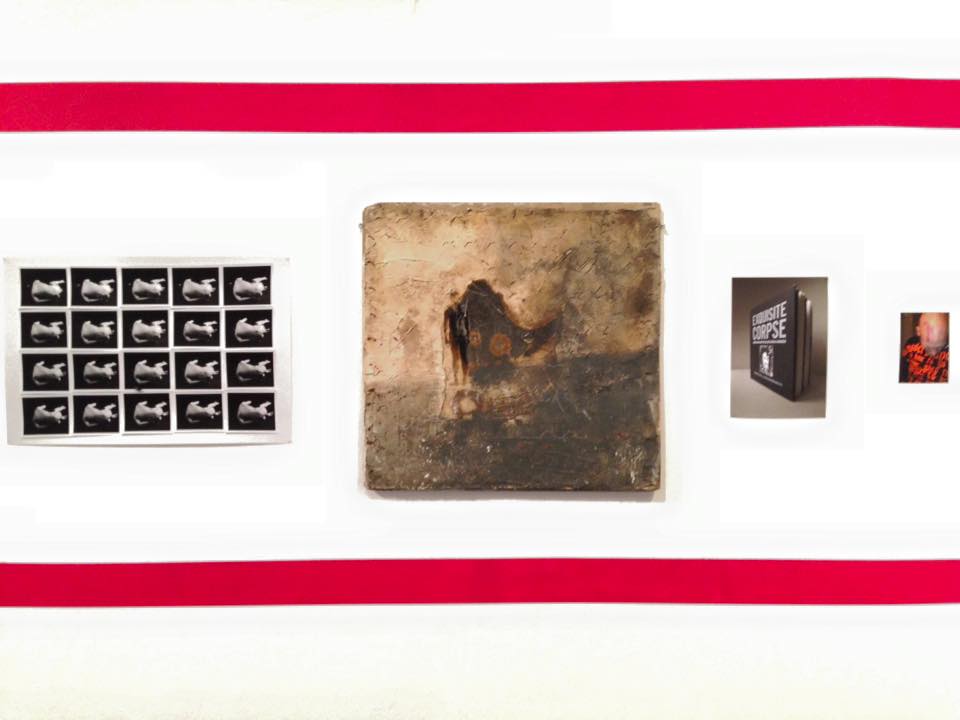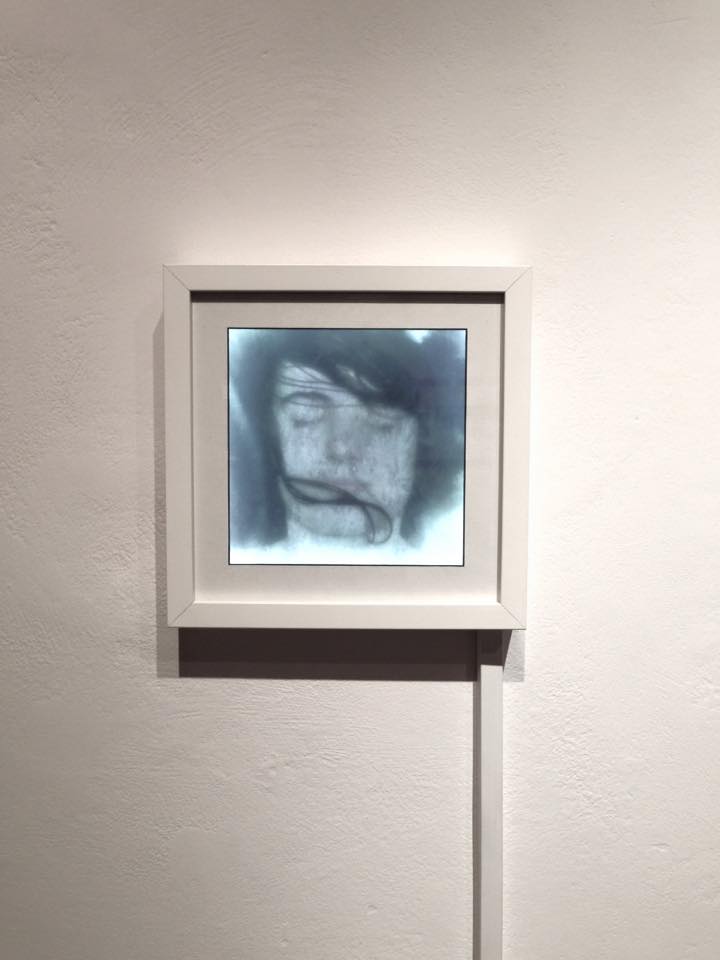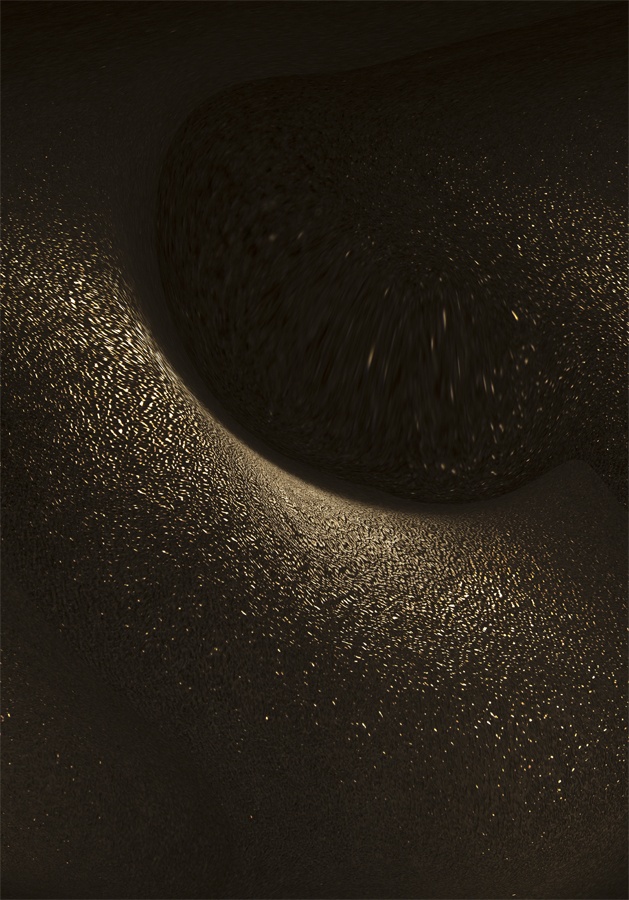‘Polish photography has never had a better time.’ — these words are the central theme of the fifth, jubilee edition of TIFF Festival. The message, that these words bring, contained in a short expression ‘Polska now’, has become a leitmotif for curators who created three large exhibitions, that are the highlights of this year’s event.
Anna Kaźmierczak presented the best works of graduates and students of the faculty of photography at the Łódź Film School, an institution directed towards having the largest impact on Polish photography. The curator gathered them under one common title ‘Roots and Fruits’. Despite the fact, that they belong to distinct genres of photography — as the exhibition focuses on a large variety of works from documentary to fashion photography — they form a uniform collection. Anna Kazimierczak has stressed many times, that the numerous works presented at the exhibition do not exhaust the list of all note-worthy names, as it is only a selective presentation of the most acclaimed ones. Four artists who carried out projects of large photography collections have had the opportunity to present them in exhibition space, that was especially created for the occasion, which facilitates the reception of the collections as a whole and make them more attractive. The authors could decide on the interior and method to showcase their photos.
Jakub Śwircz decided to relate to the world crisis, that has been overused lately — but in a rather perverse way. Within the exhibition entitled ‘Crisis is Only a Beginning’ he gathered works of artists open to various media and therefore their works often depart from the traditional definition of photography.
Adam Mazur presented a remarkable idea within the ‘Exqusite Corpse of Polish Photography’ exhibition. Namely, the curator had sent photos to a chosen artist asking them to comment on it with a new or already shown photo and to send it to next person with the same request. The outcomes of the project turned out to be very intriguing. A couple of independent strings of different volume were created. What is great, is that the photos catch our attention making us think and find connections between them. As Adam Mazur says, the exposition ‘shows a basic story of how the images are viewed, how meanings are created (…) as well as it allows to change points of view and see a photo in a different context than if it was presented separately’. The idea relates to Jerzy Lewczyński’s ‘Anthology of Polish Photography’ and is aimed at becoming its peculiar supplement.
A separate exhibition was devoted to the issue of photography books. Apart from numerous issued albums, the exhibition also comprised unpublished items created by the authors themselves. The Debut section is also noteworthy, aimed at presenting works of people who have just begun their adventure in the great world of photography.

Curatorial Tour of “Exquisite Corps of Polish Photography” photo Dominik Witaszczyk

“Exquisite Corps of Polish Photography”, photo Dominik Witaszczyk

“Exquisite Corps of Polish Photography”, photo Dominik Witaszczyk

“Exquisite Corps of Polish Photography”, photo Dominik Witaszczyk

“Exquisite Corps of Polish Photography”, photo Dominik Witaszczyk

Anna Zagrodzka, ‘Transcendencje’ , from the exhibition: EXQUISITE CORPSE OF POLISH PHOTOGRAPHY, photo courtesy the artist and TIFF Festival

Piotr Matejkowski ‘Untitled’, from the exhibition: EXQUISITE CORPSE OF POLISH PHOTOGRAPHY, photo courtesy the artist and TIFF Festival

Yulia Krivich, ‘Przeczucie’, from the exhibition: EXQUISITE CORPSE OF POLISH PHOTOGRAPHY, photo courtesy the artist and TIFF Festival

Anna Zagrodzka ‘Transcendencje’, from the exhibition: EXQUISITE CORPSE OF POLISH PHOTOGRAPHY, photo courtesy the artist and TIFF Festival

Agata Madejska, From now on (Folly), 2014, Exhibition Crisis is Only a Beginning, SiC! BWA Wrocławphoto courtesy the artist and TIFF Festival








